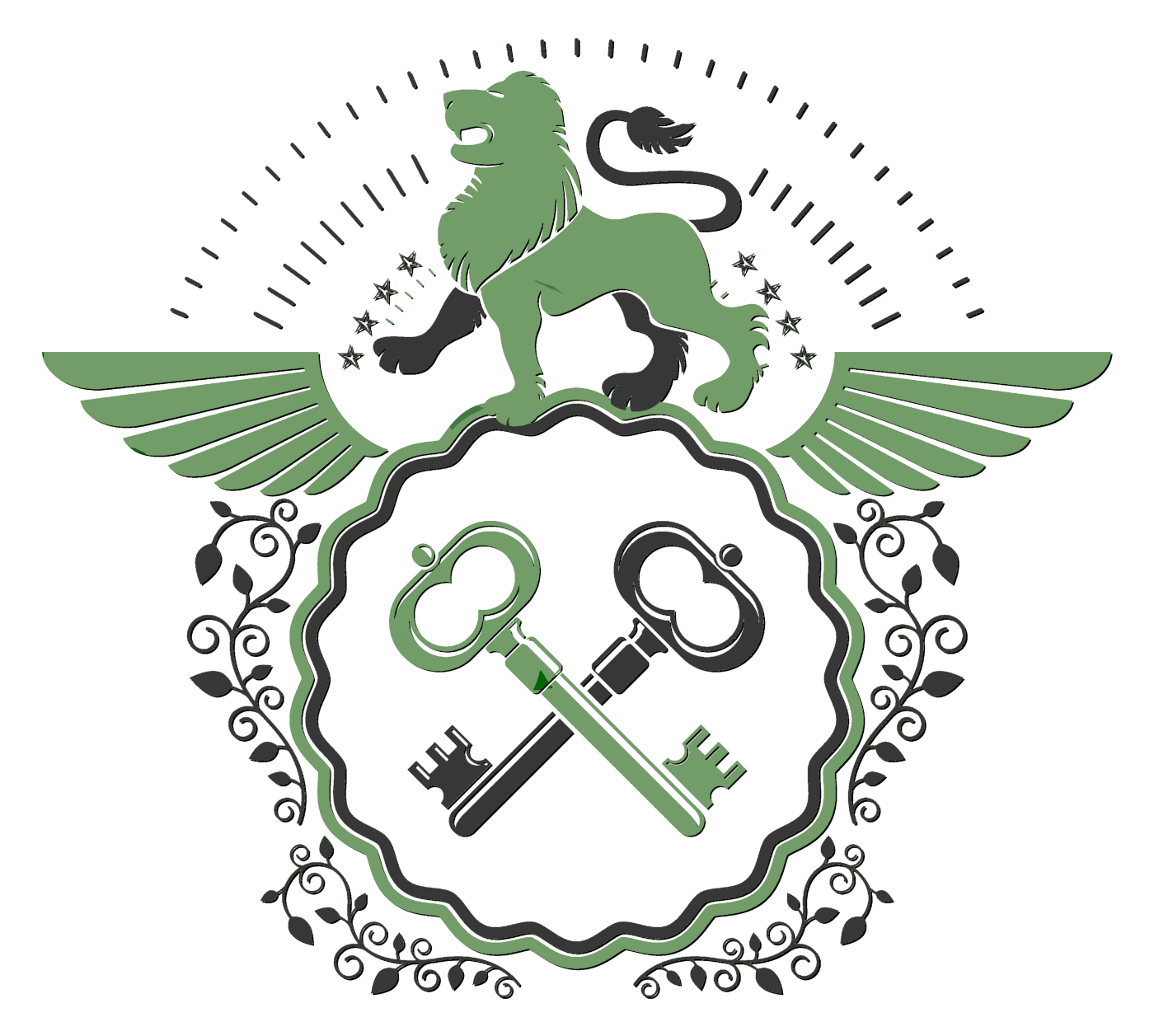Quote:
Oh, excellent. That was just the concrete information I needed to know. You're so wonderful. That works perfectly for the story and will have the right "feel." Basically, keep the whipping moderate enough that it hurts but doesn't cause lasting damage. It's just pain - incentive to work harder.
Good, glad that was helpful. And yes, exactly, to your last sentence.

Quote:
How many lashes would be reasonable, given that information, then? Am I realistic in saying it's fine to do it shirt-on since we are only going for pain, not physical damage? Is a basic leather cord the right kind of whip for that amount of pain?
I think 20 good hits with a leather strap is probably the most effective tool to use. Leather straps bruise the skin, welt the skin, and can even draw blood under the surface of the skin (kinda like a blood blister), but they do not tear the skin, as a general rule.
Shirt on is possible if you have a spur of the moment whipping, but if your overseer is premeditating this, and takes him away to a room, he would have the man’s shirt removed. Plus, one of the reason shirts were not left on is because the master provides and pays for the clothes on the back of their slaves. Thus, whipping or beating with the shirt on would cost him money. Like I said, though, if this is a spur of the moment, in the heat of a temper kind of beating, the Overseer probably would not waste the time to strip his shirt.
Quote:
So, some bruises, some soreness, some swollen marks... but blood is unlikely. Would it be reasonable to say that someone who was whipped multiple times in a row bled a little, from irritated skin perhaps? Just trying to decide if that would be reasonable from a medical standpoint so I know whether or not to cut it out of the scene, or leave it in for the effect. Would it be reasonable to say that the overseer would whip someone more heavily if he was frustrated with them and considering removing them entirely?
Blood is possible if the skin tears. Like I said above, blood can rise to the surface of the skin. So the slaves back could look red and bloody, without actually being bloody. A more grueling whipping would certainly draw blood, though.
Yes, if he intended to kill off a slave (which is very dangerous for an overseer to do, by the way, even if they are under a cruel master, because the masters decide if a slave is no longer worth feeding, clothing, and housing) then the beating would be intensified.
Quote:
Ah... so this just occurred to me, kind of out of the blue. If you were the overseer, would you whip the slave in front of the others? Right now I have it being in a separate room, for no particular reason, but it just occurred to me that it might be more effective to change that.
I can actually see a whipping going both ways. He could do it out in front of everyone. Or he could take him off on his own. He would have to have a reason, though. Some Plantations actually had a whipping room reserved for whippings. Course, the reason for this was because they did not want to make public spectacles of their slaves. Many Masters, as I told you before, did not rule through fear. Thus, if a slave warranted a whipping, they took them aside, similar to a parent disciplining a child.
Oh, and as a point of interest, Cat-of-nine-tails were broken down into three, six, nine, and twelve straps. The amount of straps used depended on the severity of the whipping. These whips were no joke. On the tip of every strap was a lead tip embedded with nails, glass, and bone. Now, according to Jewish Law, 39 whips from the Cat-of-nine-tails was the limit. It I also poignant to note that a good number of people who endured this whipping died before the limit was reached. In fact, this is what the Westminster Dictionary of the Bible says on page 538:
Quote:
Christian martyrs in Smyrna were so torn by these scourges that their veins were laid bare, and the inner muscles, sinews, even entrails, were exposed.




 (Only halfway kidding here...)
(Only halfway kidding here...)

